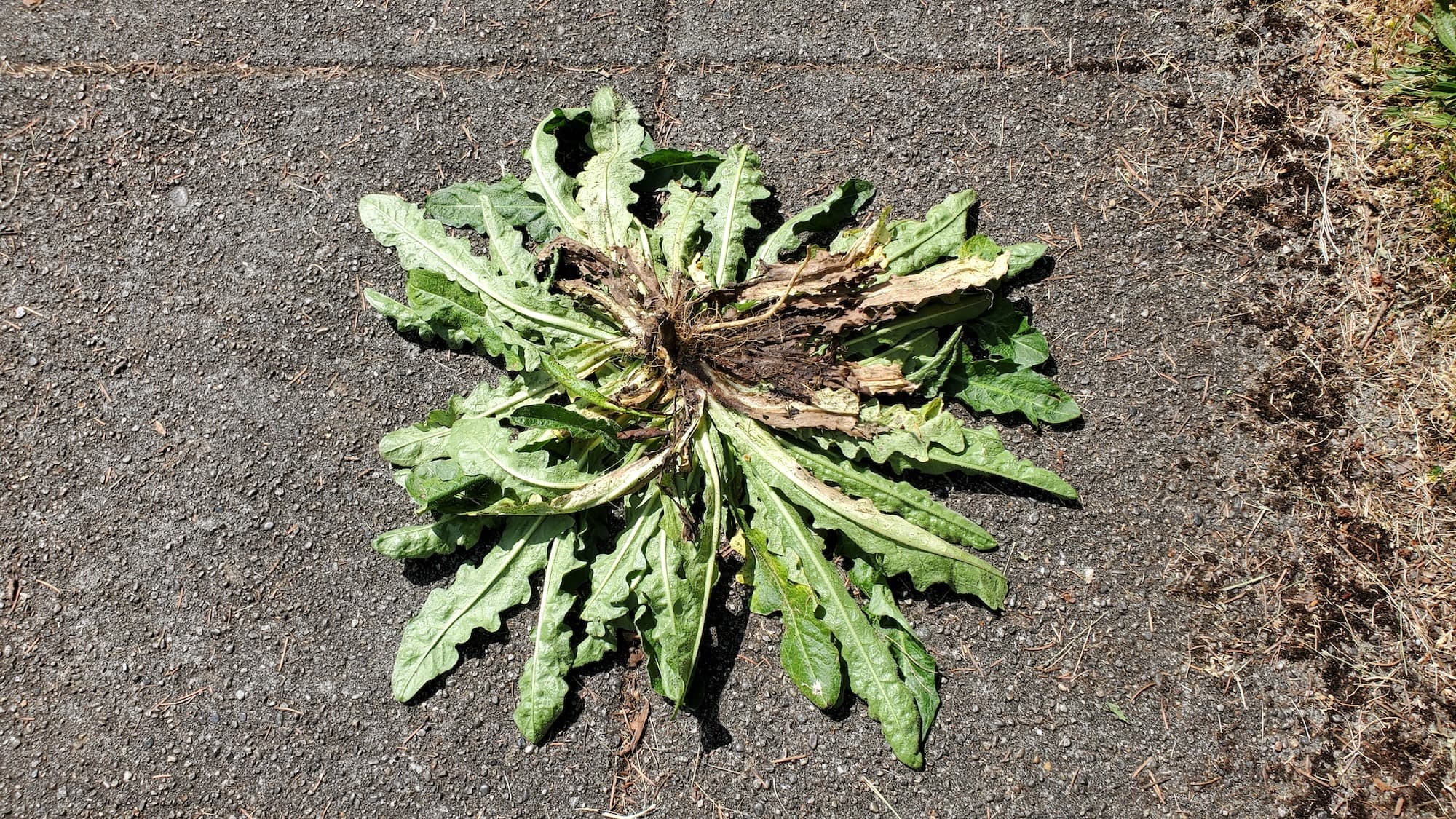West Seattle Clematis vine removal
Homeowner’s Issue
Clematis looks pretty until it isn’t — in West Seattle it loves our mild, wet winters and the dappled shade under big maples and Douglas‑fir. Yards near Lincoln Park and Alki that sit low or on north slopes get persistent moisture and moss; flatter lots or sunnier faces around High Point bake in summer, encouraging deep, vigorous roots that resprout after simple top pruning. Heavy winter rains and clay pockets cause standing water in some beds, which softens soil and lets vines creep deeper and around fence posts, railings, and young shrubs.
Homeowners report clematis smothering roses, hiding fences, and tangling with English ivy or Himalayan blackberry — both are common shoulder‑to‑shoulder problems here. West Seattle’s slope yards add erosion and access issues when roots are pulled rather than cut, and many HOA rules in Fauntleroy and adjacent neighborhoods favor tidy, low‑risk plantings. Summer watering limits mean replacements should be drought‑aware and low maintenance. That combination makes manual, sustainable removal plus smart replanting the best long‑term approach: remove roots, stop resprouts, stabilize soil, and replace with pollinator‑friendly or drought‑tolerant plants that won’t come back as a headache.
Our Quality Service
We remove clematis by hand-first, not with chemicals. We use loppers, pruning saws, root saws, mattocks, and hand trowels to expose and extract crowns and roots; larger jobs may need a small spade or cordless powered tools. For steep or wet sites we shore access paths and work in teams to keep slopes stable.
Typical timeline: small yard (2–4 hours), medium (half‑day), large or tangled properties (full day). We follow up with sheet‑mulch or composting to suppress regrowth, and can replant with low‑water natives. We never use herbicides — all methods are mechanical and cultural. Benefits: safer walkways, reduced fire/structural risk, better curb appeal, and lower maintenance going forward.
What’s Included
- Onsite assessment and clear scope before work begins.
- Cutting back vines to expose bases; hand‑digging roots and crowns.
- Removal of root fragments that would otherwise resprout.
- Cleanup of debris; choice of green‑bin composting or haul‑away.
- Light soil amendment where needed and sheet‑mulch to block regrowth.
Options / upgrades:
- Heavy mulch + biodegradable landscape fabric under new plantings.
- Organic, manual weed control follow‑ups (no herbicides).
- Haul‑away (dump fees disclosed) vs. green‑bin drop‑offs.
- Replanting with pollinator‑friendly or drought‑tolerant species.
- Erosion control measures for sloped yards (straw wattles, coir matting).
Before & After / Expectations
Expect some noise and a bit of a mess during the job — chainsaws are rare but pruning and root excavation are dirty work. We need good access to the affected beds; narrow side yards or fenced areas may require extra time or a permit. After the crew leaves: beds will look bare, roots removed, and edge lines defined. If you choose haul‑away, debris leaves the site; green‑bin means material stays local and is composted.
Care tips for West Seattle:
- Water new plantings early morning, tapering after establishment; avoid evening watering to limit moss growth.
- Watch for resprouts in spring and fall — clematis can try to reestablish from fragments.
- Address ivy and blackberry at the same time to reduce re‑invasion pressure.
- On slopes, keep mulch layers moderate and check for erosion after heavy rains.
We use only sustainable, mechanical methods — no herbicides or chemical controls.
FAQs (3–5)
Q: Do you spray herbicide to stop regrowth?
A: No. We use root extraction, sheet‑mulch, and repeat manual removal. No herbicides are used.
Q: How long before the area is ready for new planting?
A: Typically you can replant within 1–2 weeks after root removal if soil is stable; for heavy disturbance we recommend waiting a month while soil settles.
Q: Will you haul the debris?
A: Yes — choose green‑bin composting or full haul‑away. Large jobs may incur dump fees, disclosed up front.
Q: Do you need HOA approval?
A: Sometimes. We’ll notify you if permits or HOA sign‑offs are likely and can supply a short scope sheet for submission.
Q: How do you handle steep/limited‑access yards?
A: We bring hand tools and work in crews for safety, add erosion controls as needed, and price accordingly.
Call to Action
West Seattle yards deserve durable, sustainable fixes that stay solved. Book a free estimate for Alki, Lincoln Park, Fauntleroy, High Point, or your neighborhood slope. We schedule quickly, give clear quotes, and follow sustainable practices with local know‑how.
Email: neatandtidyseattle@gmail.com
Phone: 206-538-9344
Mon–Sun: 9am–6pm
Licensed • Bonded • Insured
Ready to clear the tangle the right way? Email neatandtidyseattle@gmail.com for a fast estimate and local advice.










